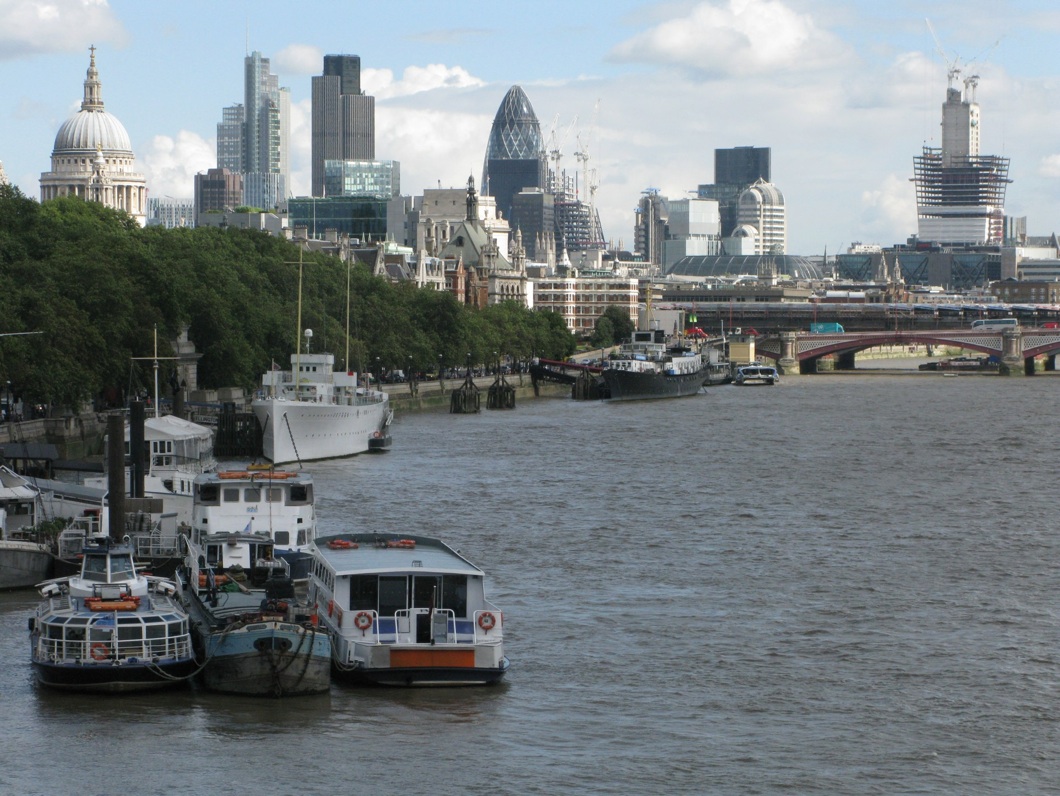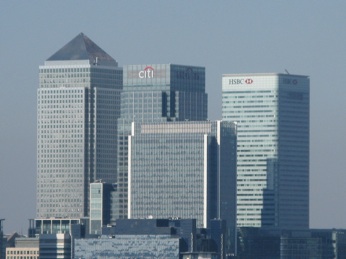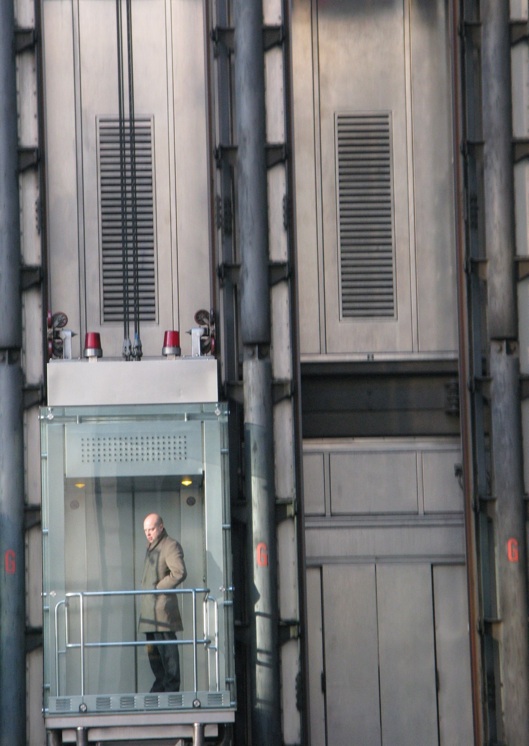Politicians repeated a 30-year mantra to Londoners after 1980. ‘Trust the ‘market’ - especially financial services - to deliver increasing stability, growth and prosperity.’
Politicians told Londoners to revere the UK’s financial services industry – based in the City of London, or ‘Square Mile’. The City, hailed as the ‘golden goose’, would lay precious eggs of wealth for London’s economy, writes Paul Coleman.
Inequality might rise. But Londoners were promised newly created wealth would ‘trickle down’. A ‘free market’ would create a ‘rising tide of wealth to lift all boats’.
Hence, Londoners were asked to show faith in privatised public services, deregulated banking and finance, the free migratory movements of capital and labour as decreed by the European Union, and tax breaks for ‘wealth creators’.
The Road from Bowler Hat to Big Bang and Golden Goose
Bowler Hats
US President Richard Nixon had presided in 1971 over the cancellation of the system of exchange rates fixed against the dollar and pegged to gold – a system agreed by Allied powers at Bretton Woods in 1944.
Free-floating currency exchange began the City’s radical transformation. Yet London’s financial services industry remained focused, even in the early 1980s, on traditional ‘bowler hat’ functions; banking, insurance, bond and share dealing, commodities, currency exchange, and pension fund management.
But monetarist economic ideology, cultivated by Chicago and London economists in the 1970s, underpinned the US President Ronald Reagan’s deregulation of international finance capital in the mid-80s.
Big Bang
Hailed as ‘Big Bang’, deregulation was acclaimed for ordaining a new ‘financial universe’. ‘Big Bang’ rapidly and radically changed the City’s ‘bowler hat’ image and business practices.
Giant, global Wall Street merchant investment houses set up office in the City, operating as share broker-dealers. Traditional lending commercial banks also set up broker-dealer arms.
Insurance firms, equity and quantitative risk analysts, corporate accountants, and derivative traders clustered in the City. Mergers and acquisitions created demand for added commercial office space.
This demand fuelled the dramatic and speculative growth of east London’s Docklands. Citigroup, HSBC and Barclays moved into new gleaming glass towers at Canary Wharf (above).


